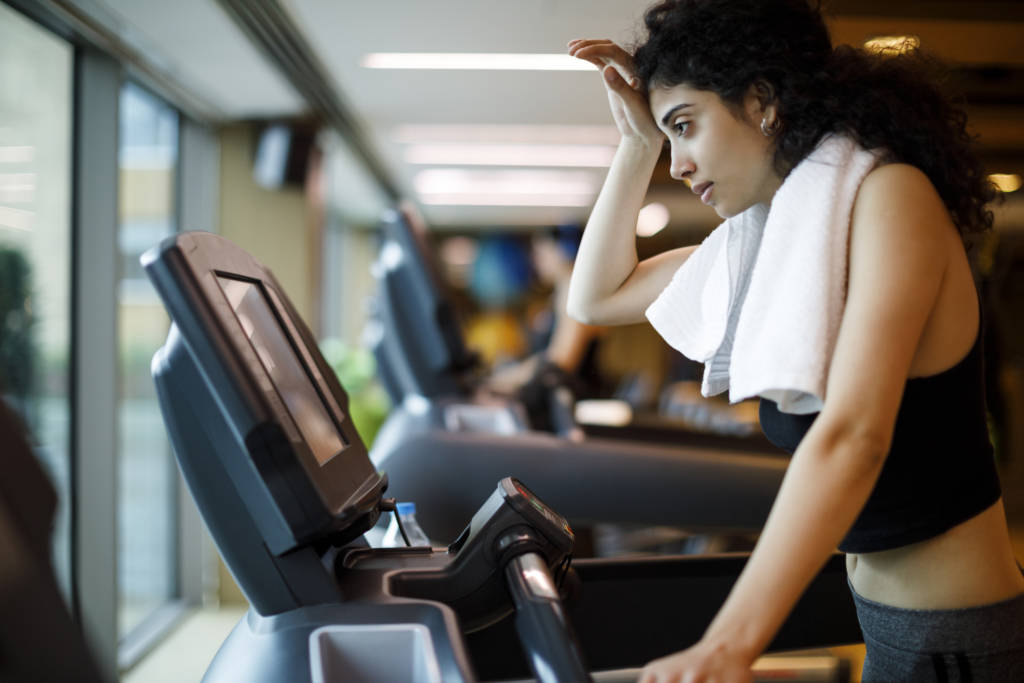––––––––––
1 – Too much exercise. The problem for many people is that they exercise, thinking it is the quickest and safest way to lose weight. Until they are sore, they tend to ignore their muscles and connective tissue.
2 – Aging and inactivity. Connective tissue attaches muscle to the bone via tendons and binds muscles with sheaths called fascia or fasciae. With age, tendons, ligaments, and fasciae become less extensible. Tendons are the most difficult to stretch.
The easiest are the fasciae. But if they are not stretched to improve joint mobility, fasciae shorten, putting undue pressure on muscle nerve pathways. Many aches and pains result from nerve impulses traveling along these pressured pathways.
3 – Immobility. Sore muscles or muscle pain is unbearable due to the body’s reaction to a cramp or pain. The body automatically immobilizes a sore muscle in this reaction, causing it to contract. This causes more pain, and eventually, the entire area is sore. One of the most common sites for this problem is the lower back. The most important thing is to keep fit by exercising regularly at an average pace rather than rarely.
––––––––––
🟧❓FREQUENTLY ASKED QUESTIONS
––––––––––
✅ How do you heal sore muscles? Rest the affected part of the body. Furthermore, apply ice within 24 to 72 hours of the injury to reduce swelling and pain—massage with essential oils. After the swelling goes down, apply heat to help increase blood flow to the muscles. Stay hydrated.
✅ What are the most common causes of muscle injuries? External forces: heavy loads, repetitive movements, blows. Accumulation of fatigue: high intensity and duration of prolonged activity facilitate the appearance of muscle injuries. Acquired or congenital malformations, such as flat feet. Infectious diseases. Dehydration and lack of mineral salts. Overexertion or exercise without preparation. Sudden temperature changes.
✅ What are the symptoms of a muscle injury? Swelling and burning in the affected area. Bruising, edema, and redness. Motor difficulty (partial or total loss of function of the affected muscle). Fever.
It’s crucial to remember that the symptoms differ depending on the type of muscle injury, i.e., muscle tears, contractures, strains, contusions, etc. It is advisable to seek medical attention for proper diagnosis and treatment.
––––––––––
––––––––––

––––––––––

––––––––––
––––––––––







